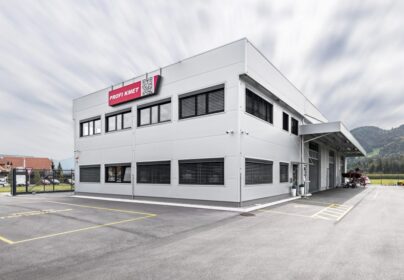When choosing, consider which heat source is most economical to exploit. Follow the rule to choose the one available with the highest average temperature during the heating season. This is primarily groundwater, which has an average temperature of around +10 °C. It must be of adequate quality and available in sufficient quantities, at least 0.2 m3/h for each kW of the heat pump’s heating power.
The next option is utilizing accumulated heat from the ground, either in the form of installing a horizontal collector or a geosonde. In the first case, we need sufficient free ground surface, and in the second, access for a drilling machine must be possible.
If these options are not available, then the best choices are the heat from the surrounding air or an air-to-water heat pump. Air is, of course, available everywhere, but it has the lowest average temperature among the mentioned heat sources (except on the coast), making this source somewhat less efficient.
After determining the availability of heat sources and having multiple options, compare investments and heating costs for each heat source. The return on investment calculation indicates the right direction for choosing a heat pump. The investment in a heat pump pays off in five to seven years, after which only the cost of consumed electricity remains










